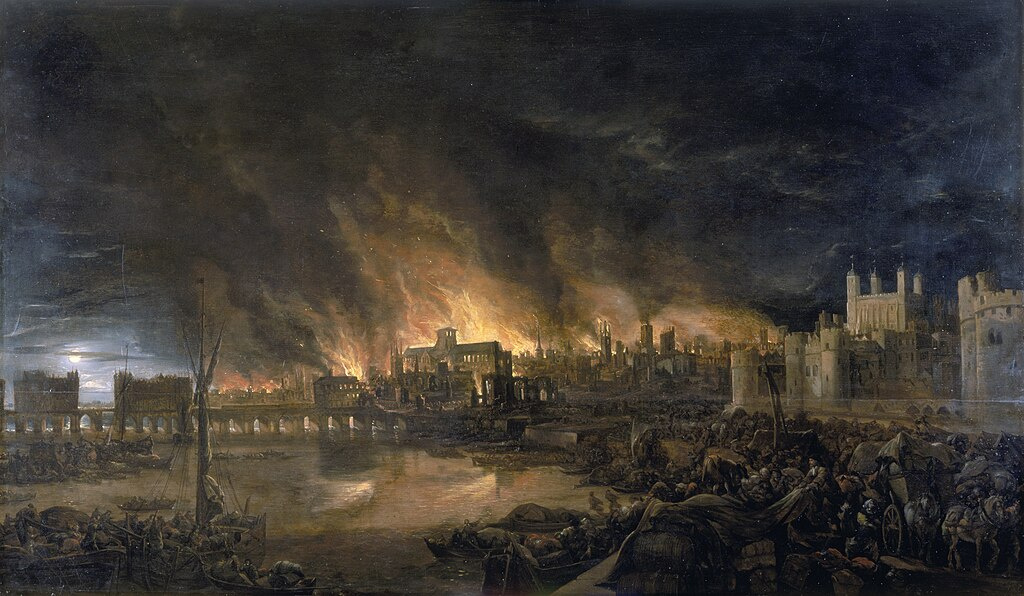
Traditional narratives like those of Florence Nightingale and the Great Fire of London have long dominated our history lessons. Yet, let’s be honest – sticking only to these stories can limit our children’s understanding of a richer, more diverse past.
Think about it: when I ask trainee teachers what they remember from their primary schooling, it’s usually Florence or the Great Fire. Meanwhile, here in Bristol, many of our local schools introduce figures like Isambard Kingdom Brunel. It’s interesting that many of the children in Bristol schools might know more about the American Civil Rights movement than they do rather than the Bristol Bus Boycott!
While there’s a place for these well-known stories, I encourage you to consider making changes to curriculum choices. Research by Banks (2006) and Giroux (1988) shows that a curriculum embracing alternative perspectives – stories that reflect varied cultural experiences and realities – can really energise our classrooms, meet the needs of learners and prepare them for life beyond the classroom.
Representation is key. When students see their own communities and identities reflected in history, they feel more connected and engaged. Ladson-Billings (1995) reminds us that culturally relevant teaching not only boosts academic success but also sparks critical thinking. Including voices from marginalised groups challenges the traditional narratives that often leave many out. By diversifying the stories we tell, we empower our students and nurture a sense of belonging that goes beyond textbooks.
Key Stage 1: Local History, Significant Events and Significant People
At Key Stage 1, the National Curriculum (DfE, 2013) specifies that local history and significant events and people are taught. However, despite a list of possible events and individuals, teachers have the agency to choose alternatives. This gives our youngest learners a chance to connect with the world right around them.